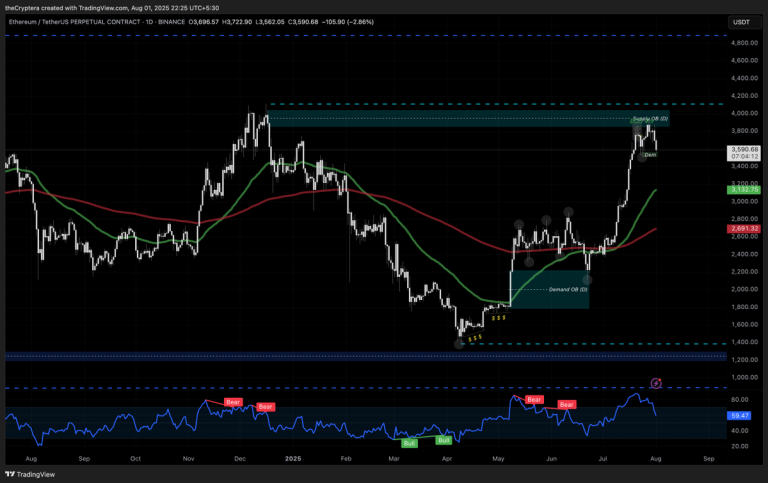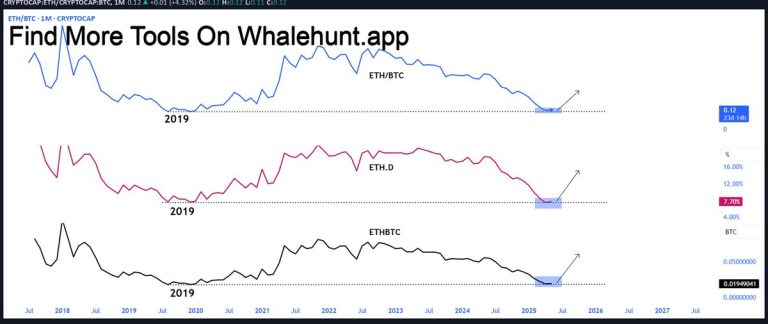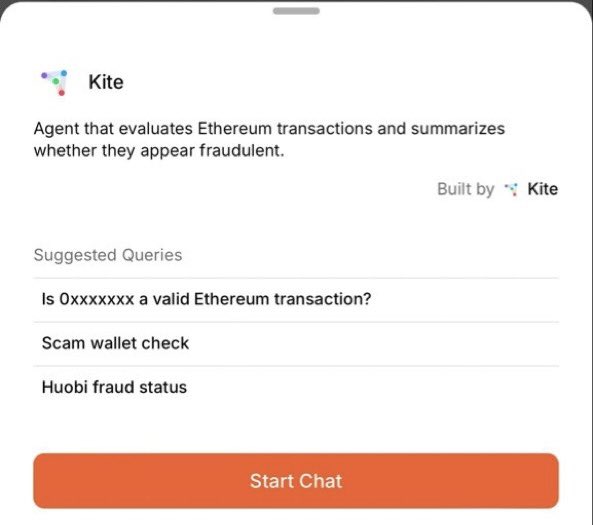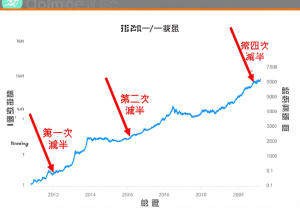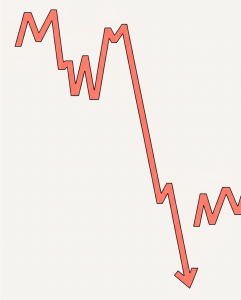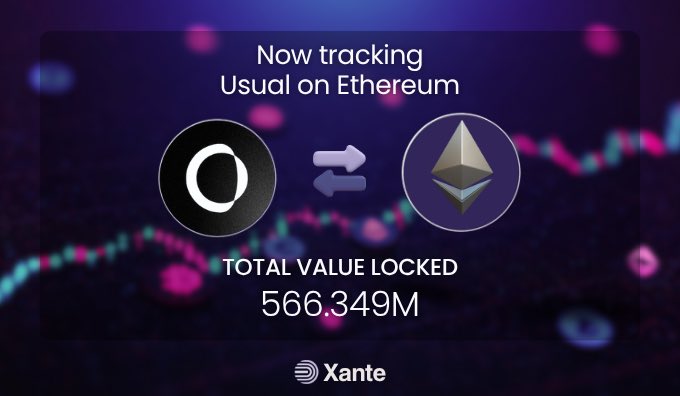
Decoding the Current Ethereum Dynamics: Liquidity, Price Levels, and Smart Contract Security
The Ethereum ecosystem remains one of the most vibrant and complex landscapes in the cryptocurrency universe. Recent social media pulses, market data, and technological advancements shed light on how liquidity, price action, and security analyses in Ethereum interplay to shape the future for traders, developers, and users alike. Let’s dive into the three core themes emerging from recent discussions: liquidity tracking and analysis, Ethereum’s price range and breakout potentials, and the innovations in smart contract auditing frameworks.
Tracking and Analyzing Ethereum Liquidity Pools
Liquidity pools are the foundational bedrock of decentralized finance (DeFi) on Ethereum. These pools enable users to swap tokens without relying on traditional order books, allowing decentralized exchanges (DEXs) to flourish. The recent report from Xante highlights a staggering $566.349 million locked in a platform tagged as @usual, tracked live on Ethereum [Xante @XanteApp]. This real-time liquidity monitoring capability from Xante underscores several critical trends:
The ability to monitor millions flowing through Ethereum’s decentralized markets at any moment demonstrates how technology is bridging the traditional gap between real-time market visibility and DeFi’s decentralized ethos.
Ethereum Price Behavior: Liquidity Bounce and Breakout Potential
According to market analyst Zen (@WiseAnalyze), Ethereum recently “touched liquidity pools around 2454 and bounced,” indicating a support level that is being respected by market participants. Now, ETH is moving toward the upper limit of its current trading range, with the third re-test of resistance levels around 2818, 2900, and 3064 on the horizon. These insights encapsulate the delicate dance of price zones—support and resistance—that many traders watch to predict breakout moments.
Importance of Multiple Re-tests
A third re-test of a resistance line isn’t just a statistical notation; it often signals the increasing probability of a breakout because:
– Market Confidence: Repeated challenges of a resistance level mean sellers at that price point are getting exhausted.
– Buyer Momentum: Persistent attempts imply buyers’ intent to push prices higher builds with each test.
– Technical Triggers: Many algorithmic trading systems place buying or selling triggers based on multi-touch support or resistance levels.
Yet, as pointed out, it “doesn’t guarantee” a breakout, reminding traders of the inherent volatility and unpredictability in crypto markets.
Zones of Interest
The specific price zones mentioned—2818, 2900, and 3064—could serve as pivot points that, if breached, may lead to acceleration in Ethereum’s uptrend. Additionally, the mention of the CME gap hints at an influential factor. CME gaps occur when futures contract prices leap between closing and the next opening session, often filled later by spot price moves, creating strategic opportunities for traders to anticipate price action.
This interplay between liquidity zones, price support/resistance, and external futures market mechanics portrays Ethereum as a dynamically sensitive asset, where on-chain data and market psychology converge to drive real-time investment decisions.
SmartBugs: Enhancing Ethereum Smart Contract Security
On the technological front, Ethereum’s robust ecosystem expands beyond finance to sophisticated programming of decentralized applications (dApps). A recent highlight is the SmartBugs framework—a comprehensive platform integrating 20 analysis tools for auditing Ethereum smart contracts [Ryan Sikorski].
Why SmartBugs Matters
Ethereum smart contracts are critical since they hold and move massive amounts of value autonomously. Yet they are also vulnerable to bugs and exploits that can lead to catastrophic losses.
– Uniform Interface: SmartBugs consolidates diverse analysis tools under a single platform, streamlining security auditing efforts.
– Extensibility: By supporting 3 modes of operations and 20 tools, it adapts to various security needs, from vulnerability scanning to behavioral analysis.
– Proactive Risk Mitigation: Developers can detect potential weaknesses before deployment, reducing post-launch exploits and building user trust.
This framework addresses a significant bottleneck in Ethereum: the complexity and fragmentation of contract analysis tools. By unifying them, it strengthens the security posture of the ecosystem and marks a step forward in sustainable blockchain development.
Conclusion: A Complex, Yet Thriving Ethereum Landscape
Ethereum today presents a multi-dimensional picture—where vast liquidity tracked in real-time intersects with nuanced price movements, layered by sophisticated security tools aimed at safeguarding the very code that powers the DeFi revolution. For market participants, understanding these interwoven factors equips them to make more informed decisions in an inherently volatile environment. For developers and ecosystem builders, SmartBugs exemplifies the ongoing evolution towards safer and more reliable decentralized applications.
The journey of Ethereum is far from static; it’s a continuously unfolding story of innovation and challenge. Keeping a pulse on liquidity flows, price ranges, and smart contract security is not just wise but necessary for anyone invested in or fascinated by this dynamic blockchain ecosystem.
—
Sources
– Xante Twitter
– Zen Twitter
– Ryan Sikorski Twitter on SmartBugs

